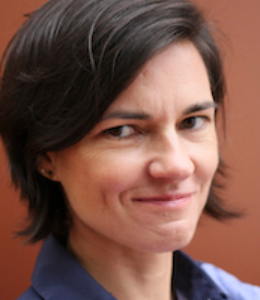 Abstract: The most recent round of climate model physics development at the NASA Goddard Institute for Space Studies (GISS) relied heavily on a library of large-eddy simulation case studies that served as observationally informed benchmarks for the ModelE3 climate model in single-column model mode. Parameter uncertainties were then inputs to an atmosphere-only multi-parameter tuning against satellite data sets, guided by machine learning. Large-eddy simulation case studies are also serving as testbeds for improving understanding of mixed-phase cloud microphysical processes, developing satellite retrieval algorithms, and testing ground- and spaceborne radar and lidar forward simulation software for the GISS climate model. Ongoing work is leading to new and improved case studies for GISS climate model development and other community uses.
Abstract: The most recent round of climate model physics development at the NASA Goddard Institute for Space Studies (GISS) relied heavily on a library of large-eddy simulation case studies that served as observationally informed benchmarks for the ModelE3 climate model in single-column model mode. Parameter uncertainties were then inputs to an atmosphere-only multi-parameter tuning against satellite data sets, guided by machine learning. Large-eddy simulation case studies are also serving as testbeds for improving understanding of mixed-phase cloud microphysical processes, developing satellite retrieval algorithms, and testing ground- and spaceborne radar and lidar forward simulation software for the GISS climate model. Ongoing work is leading to new and improved case studies for GISS climate model development and other community uses.
Biographical Sketch: Dr. Fridlind’s studies of cloud microphysical properties and processes have concentrated at the intersection of detailed models and rich observational data sets, with an emphasis on aerosol-cloud interactions in ice-containing clouds that are most relevant to climate. Her studies have spanned mixed-phase stratiform clouds from Arctic to Antarctic, tropical to mid-latitude deep convection, mid-latitude continental cumulus and synoptic cirrus, and subtropical stratocumulus. She is a developer of ice microphysics schemes in the DHARMA large-eddy simulation code and, more recently, ice- and mixed-phase microphysics and macrophysics of stratiform clouds in the GISS ModelE3 Earth system model.